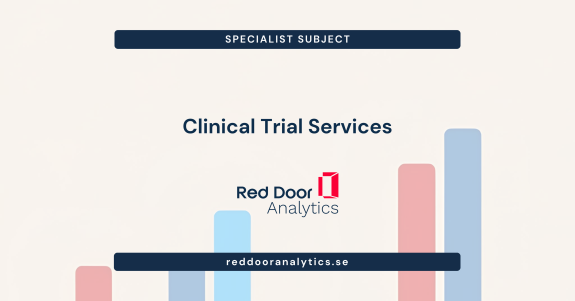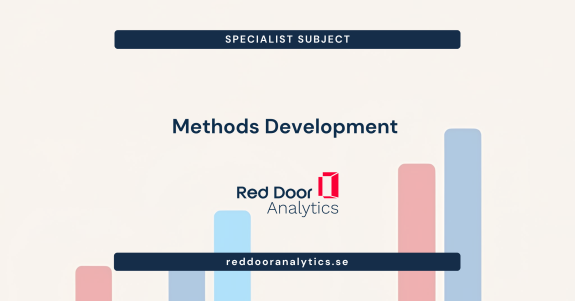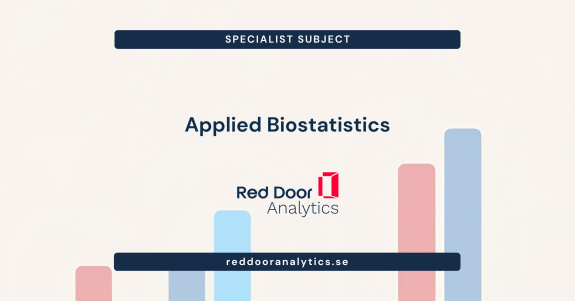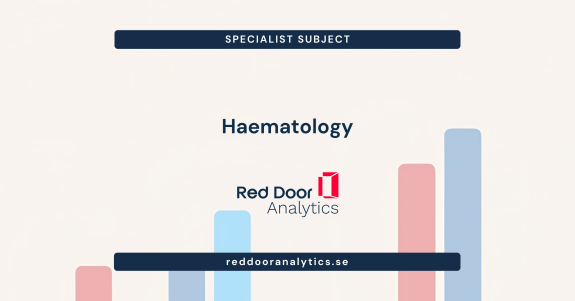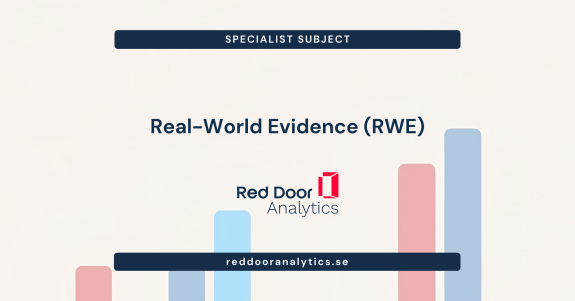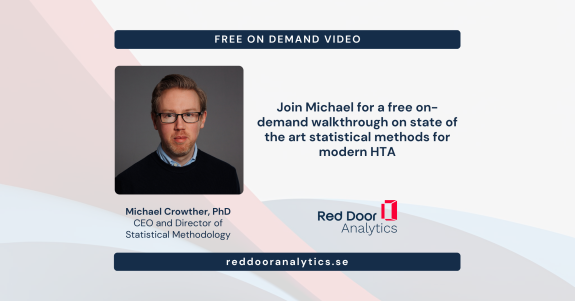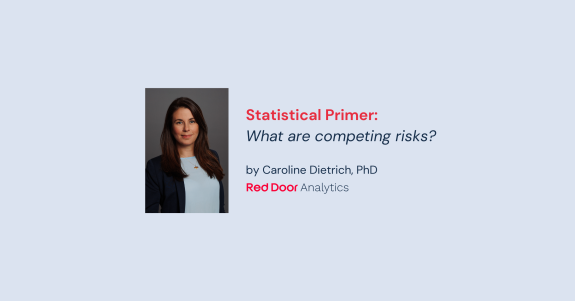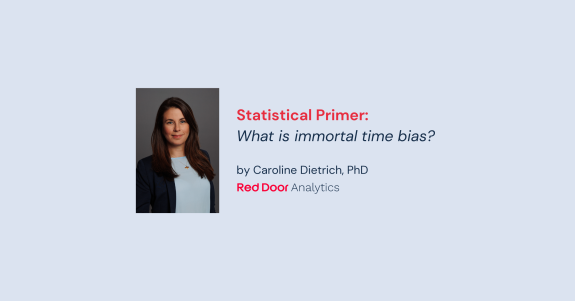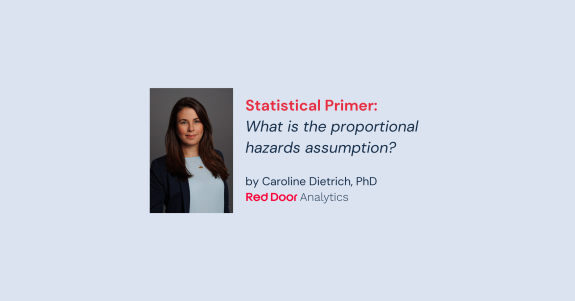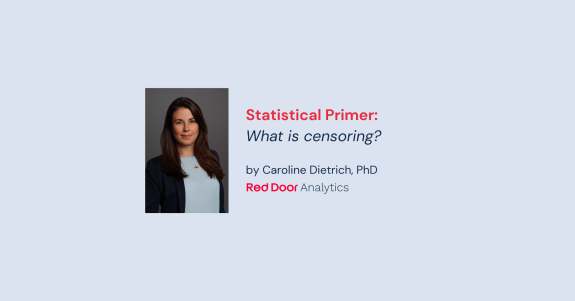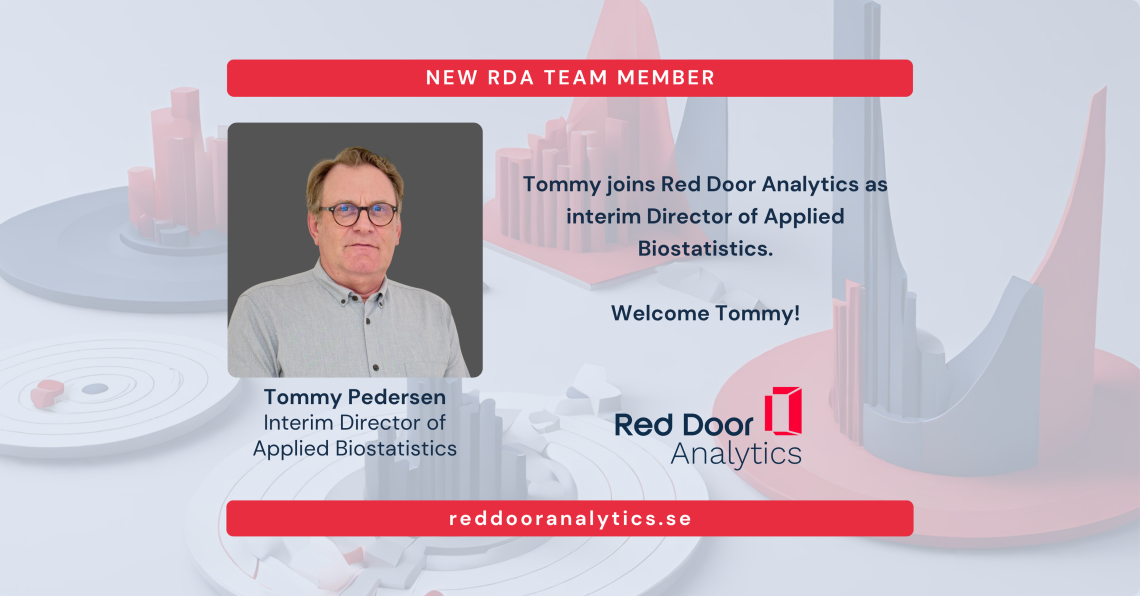
We are excited to introduce our new team member Tommy Pedersen, who is joining us as interim Director of Biostatistics. Tommy is a statistician with many years of experience from leadership roles within big pharmaceutical companies and statistical consultancies. Tommy has a solid foundation in statistics, but has focused most of his career on management and business development.
Two questions to Tommy
What has been your journey before joining Red Door Analytics?
Before joining Red Door Analytics, I was working as an independent consultant in clinical drug development on my return to Europe from India in 2019. My work involved methodological work in statistics and contributing to clinical development of small and large molecules, as well as biosimilars. In my most recent role, I supported and provided guidance for the development of a biometrics startup in India that provides biometrics services for clinical drug development.
Why did you decide to join Red Door Analytics?
When the opportunity to join Red Door Analytics came along, I was intrigued by the chance to contribute to a growing and innovative organisation. What drew me to RDA specifically was the opportunity to support its expansion, which brings with it a constant flow of new challenges, meaningful work, and the chance to make a real impact. I’m excited about being part of a highly skilled, collaborative team where learning and problem-solving are part of the everyday experience. Simply put, it’s a dynamic environment that keeps things interesting – and fun.

